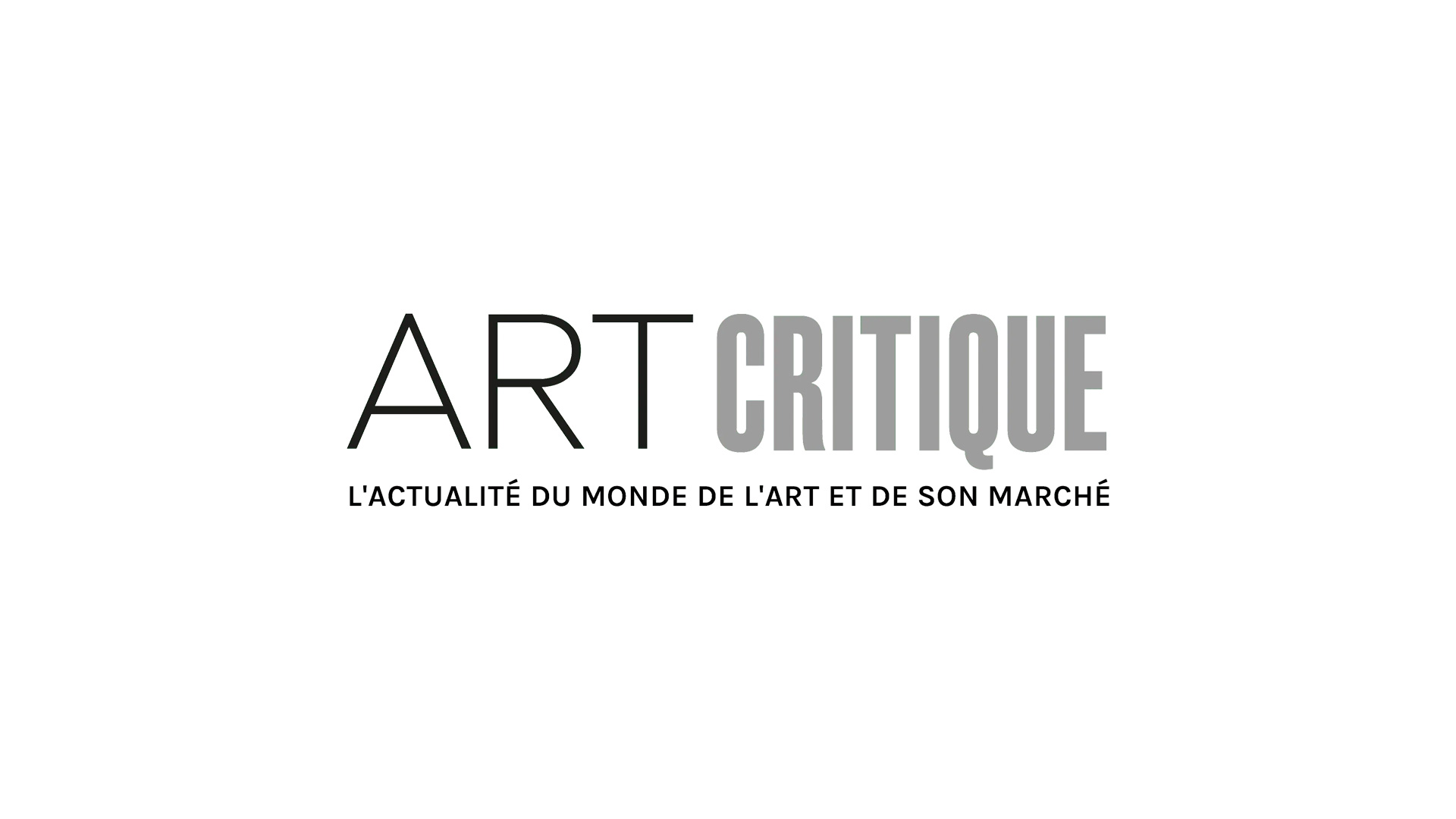Patrick Mauriès and Laurent Le Bon have curated a wonderful exhibition for the Leclerc Foundation in Landerneau simply titled “Cabinets of Curiosities”. There’s no misappropriation in the title: throughout the whole the tour the focus remains on the practice, so characteristic of the Renaissance and the classical era, of amassing “treasures” that featured the rarest specimens of “nature’s wonders” and of its remarkable present-day posterity. As the curators note, the culture of curiosity has become or has reverted back to being an integral part of our imagination, which justifies devoting an exhibition to this practice which reasserts its creation and as well as its history. However, the exhibition has exceeded the challenge in terms of acquiring these wonders (for example, including Othoniel’s 16th century ostrich egg). Fundamentally, this show is a reflection on the previously absurd act of accumulating items that are inherently useless to daily life and gathering sometimes vast amounts of junk “for no reason”. Is the act of collecting therefore a kind of disorder? The exhibition in Landerneau attempts to answer this question of cultural nosology in 15 stages which also serve as spaces.
Upon examination, the difference between the individual and the institutional approach is somewhat blurred. Whether the cabinet is private or public, open or hidden, there’s always one or more “peculiarities”, in the delightful sense that Fournier uses the term, behind the clever disorder. This preconception structures the exhibit and consequently Mauriès et Le Bon decided to dedicate each subdivision of Brittany’s vast hall to a museum, a collector or a visual artist – all of them men, the curators note. There are no female collectors here and it’s unfortunate; undoubtedly the face of Landerneau would have been changed. Many of the most unique examples of this technique have been included from German automatons from the 1600s to the Madeleine in coral of the grand Duchy of Florence’s cabinet as well as the “Museum of Iron Arts” in Rouen. But it’s the natural or naturalized pieces that by far are the most impressive of the exhibits. The organizers have drawn heavily on the displays from the Museum of Natural History, not to mention the shrines of perverse curiosity known as museums of anatomy, represented here by the Montpelier Faculty of Medicine. After seeing the waxes of the Fontana Abbey, replicas of those from Specola, it’s clear why Hervé Guibert devoted a cult to these strange figures. He would have loved the little Memento mori made of a delicate wooden temple used as a frame for the cadaver of a foetus…

Inevitably, along the journey from A1 to E3, there are a few hits and misses. Among the least essential additions are the Museum of Hunting and Nature, so beloved by hipsters in the 4th arronidissement, or the Hermès booth, unnecessarily labyrinthine, that veers somewhat toward trendy advertising. Another of the least essential items is the final exhibit of Jacques Attal’s collection of egg timers. That’s where François Curiel’s definition of collection reaches its limit; in order for “self-staging” to hold any interest, it is appropriate for the self to have some too. Thankfully, the Leclerc Foundation is large enough that visitors will not lack sights worth seeing, especially since the exhibition has many hidden attractions. However, the highlight is undoubtedly the palace of the “non-existent collector”, who really does exist, who loves the masks behind which they can take pleasure in observing people and things. By closely examining Erick Desmazières or Jean-Baptiste Séchere’s interior views, which elegantly evoke the maze of which only one section made the trip from Brittany, astute visitors will have little trouble identifying this friendly phantom. They will also be excited to finally find a bit of stacking and apparent disorder, in set design that’s graceful but fairly tame overall. Farther along in the tour, the space devoted to the genius of Georges-Henri Rivière is well worth viewing. Several exhibits from the former ATP museum have been recreated, right down to their legendary nylon threads, in the perfect beauty of their austere arrangement which is characteristic of an almost abstract poetry. The destruction of this marvelous shrine of memories will remain a crime against the spirit.
In terms of visual artists, museum-goers will be excited to discover Théo Mercier’s cabinet which brilliantly explores the question of what is real and what is fake which is so central in a world where the concept of illusion reigns as well as the ironic yet committed contribution from Miquel Barcelo. Jean-Jacques Lebel offers a beautiful meditation in images on the face with masks by Fayoum as well as André Breton. The striking, full-length Amazon by Andreas Gursky powerfully raises the political issue of virtual worlds and their otherworlds as a potential expression of our current world. Cabinets of curiosity are like sanctuaries arranged with meticulous love for abnormal beings, hybrids and those in transition. They represent a space of freedom at whose gates the tedium of uniformity disappears. These “zones to defend”, as Lebel accurately said, are where “the ungovernability of identities in transition” are affirmed.

Cabinets of curiosities – Leclerc Foundation for Culture, Landerneau – until November 3, 2019
This article was originally published in French by Art Critique’s Alain Rauwel on August 23rd. You can find that article here.
https://www.art-critique.com/en/2019/06/strange-wonders-of-the-world/






